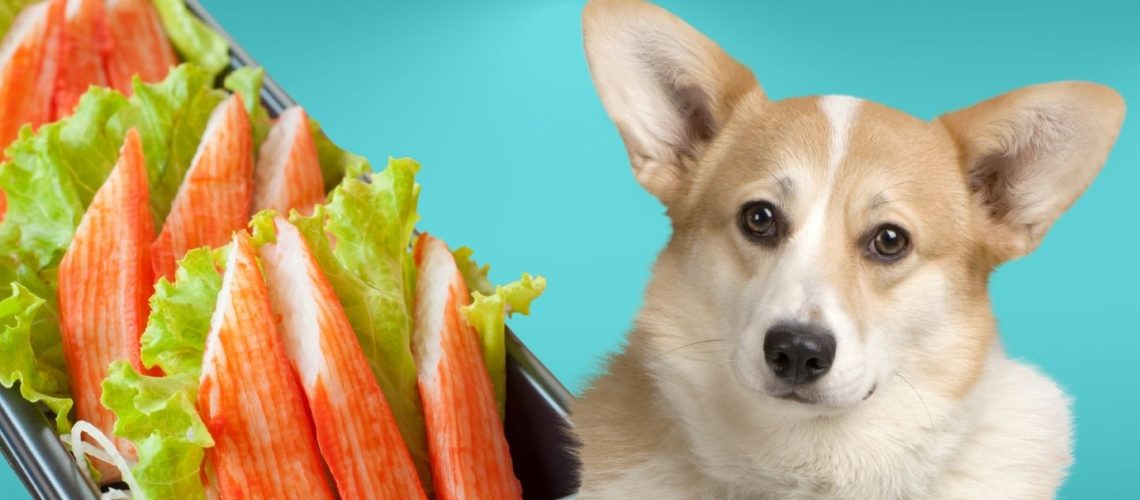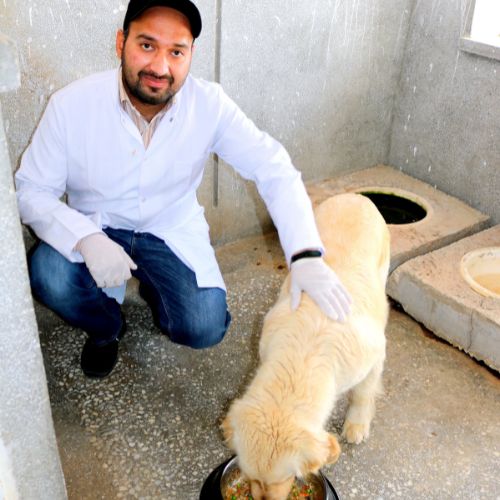The short answer is no, dogs should not eat imitation crab. Imitation crab, also known as surimi, is a type of seafood made from minced fish that has been processed to resemble crab meat. It often contains artificial flavorings and preservatives that can be harmful to dogs, causing digestive problems such as upset stomach and diarrhea. Furthermore, many brands of imitation crab contain added sugars and sodium, which can be harmful to dogs in large amounts.
Risks of Feeding Imitation Crab to Dogs
Artificial Flavorings and Colors
Imitation crab often contains artificial flavorings and colors that can be harmful to dogs. These additives can cause allergic reactions, skin irritations, and gastrointestinal issues in some dogs.
High Sodium Content
The high sodium content in imitation crab can be dangerous for dogs, as it can cause excessive thirst, dehydration, and even salt poisoning in extreme cases.
Preservatives
Imitation crab contains preservatives like potassium sorbate and sodium benzoate, which can be harmful to dogs when consumed in large amounts. These chemicals can cause gastrointestinal issues and may even contribute to the development of cancer.
Signs of Adverse Reactions in Dogs
If your dog accidentally consumes imitation crab, it's important to monitor them closely for any signs of an adverse reaction. Some symptoms to watch for include:
Vomiting and Diarrhea
These are common symptoms of gastrointestinal upset caused by the consumption of imitation crab and may indicate that your dog is unable to properly digest the food.
Excessive Thirst and Urination
If your dog consumes too much sodium from imitation crab, they may exhibit excessive thirst and urination as their body attempts to flush out the excess salt.
Lethargy and Weakness
In extreme cases, the consumption of imitation crab can lead to salt poisoning, which can cause lethargy, weakness, and even seizures in dogs.
What to Do if Your Dog Eats Imitation Crab
If your dog consumes imitation crab, it's important to take action quickly. Here are some steps to follow:
Monitor Your Dog
Keep a close eye on your dog for any signs of an adverse reaction. If they show any symptoms of gastrointestinal upset, dehydration, or salt poisoning, contact your veterinarian immediately.
Offer Water
Ensure your dog has access to fresh water to help flush out any excess sodium from their system.
Consult Your Veterinarian
If you're unsure about whether or not your dog has consumed a harmful amount of imitation crab, it's always best to consult your veterinarian for advice.
Preventing Accidental Consumption
To prevent your dog from accidentally consuming imitation crab, follow these tips:
Store Imitation Crab Safely
Keep imitation crab stored in a secure location, such as a closed cupboard or refrigerator, to prevent your dog from accessing it.
Supervise Your Dog During Meal Times
Ensure that your dog is supervised during meal times, and do not leave any imitation crab unattended where your dog may be able to access it.
Educate Family Members
Make sure everyone in your household is aware of the dangers of feeding imitation crab to your dog, and establish a rule that human food should not be given to your dog without approval from the primary caregiver or veterinarian.
Alternative Foods for Dogs
Instead of feeding your dog imitation crab, there are many healthy and safe alternatives that you can give them. Some examples include cooked, unseasoned chicken or turkey, boiled or steamed vegetables, and small pieces of cheese. It's important to always check with your veterinarian before giving your dog any new food and to feed them in moderation.
Portion Size for Dogs
When feeding your dog any type of human food, it's important to monitor their portion size. Dogs have smaller stomachs than humans and can easily become overweight if they eat too much. As a general rule, treats and table scraps should make up no more than 10% of your dog's daily caloric intake. Consult with your veterinarian to determine the appropriate portion size for your dog.









